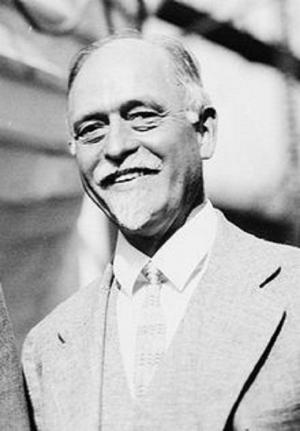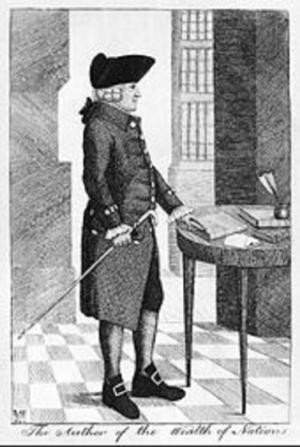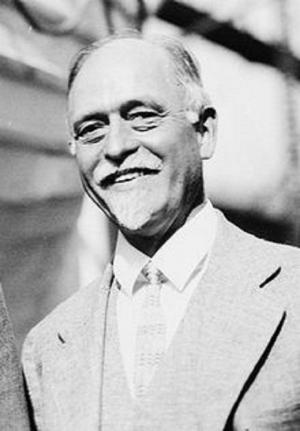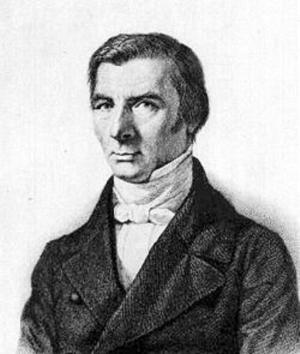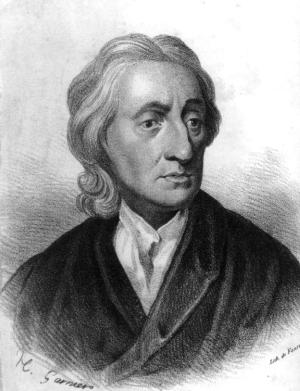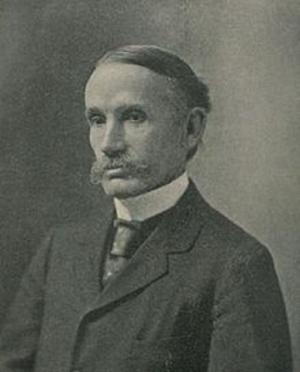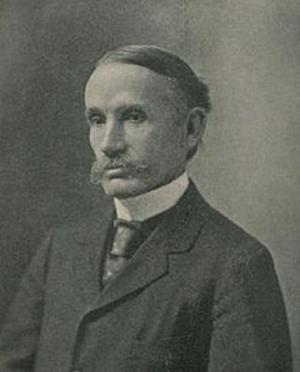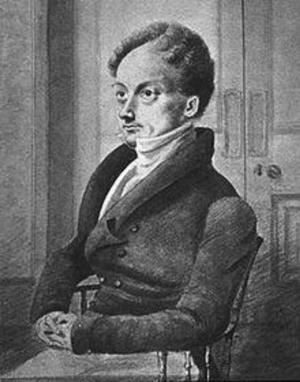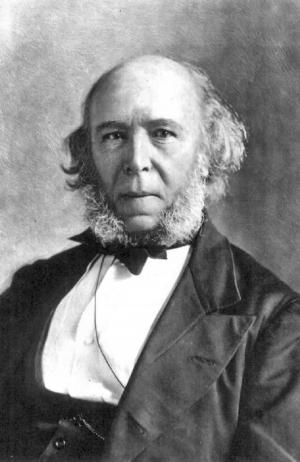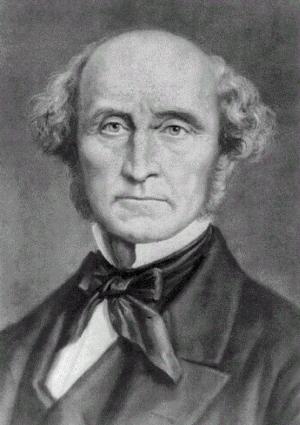Isaac Newton Classic Collection (Illustrated)
Nonfiction, Science & Nature, Science, Physics, Mathematical Physics| Author: | Isaac Newton | ISBN: | 1230000269980 |
| Publisher: | AS Team | Publication: | September 23, 2014 |
| Imprint: | Language: | English |
| Author: | Isaac Newton |
| ISBN: | 1230000269980 |
| Publisher: | AS Team |
| Publication: | September 23, 2014 |
| Imprint: | |
| Language: | English |
The book has an active table of contents for readers to access each chapter of the following titles:
1) THE MATHEMATICAL PRINCIPLES OF NATURAL PHILOSOPHY – ISAAC NEWTON
2) OPTICKS OR, A TREATISE OF THE REFLECTIONS, REFRACTIONS, INFLECTIONS AND COLOURSOF LIGHT – ISAAC NEWTON
3) OBSERVATIONS UPON THE PROPHECIES OF DANIEL, AND THE APOCALYPSE OF ST. JOHN – ISAAC NEWTON
4) THE CHRONOLOGY OF ANCIENT KINGDOMS AMENDED – ISAAC NEWTON
5) AN HISTORICAL ACCOUNT OF TWO NOTABLE CORRUPTIONS OF SCRIPTURE – ISAAC NEWTON
6) LIFE OF SIR ISAAC NEWTON - N. W. CHITTENDEN
The key contribution of Newton to the modern science and engineering was the books OPTICS and THE MATHEMATICAL PRINCIPLES OF NATURAL PHILOSOPHY.
Opticks was Newton's second major book on physical science after The Mathematical Principles of Natural Philosophy.
Newton discovered measurable, mathematical patterns in the phenomenon of color through his book Opticks. The book analyses the fundamental nature of light including the refraction of light with prisms and lenses, the diffraction of light by closely spaced sheets of glass, and the behaviour of color mixtures with spectral lights or pigment powders. He published it in 1704 and Opticks established Newton as a pioneer of the interweaving of pure theory with quantitative experimentation.
In mathematics too, Newton made contributions to all branches of mathematics then studied and his solutions to the contemporary problems in analytical geometry of drawing tangents to curves (differentiation) and defining areas bounded by curves (integration). He discovered general methods of resolving problems of curvature, embraced in his "method of fluxions" and "inverse method of fluxions", respectively equivalent to Leibniz's later differential and integral calculus.
Observations is a fantastic book that looks into the mind of Sir Isaac Newton as he labors over the prophecies in the Old Testament, Daniel, the New Testament, and Revelation. It strikes most people is his commitment to Christianity and his study of the Bible. Newton’s inquiry in this book is so interesting and many great thoughts can be taken from this treatise.
The book of THE CHRONOLOGY OF ANCIENT KINGDOMS AMENDE represents one of Newton's forays into the topic of chronology. Using the book, Newton attempted to displace the accepted ancient chronology of his day. It details the rise and history of various ancient kingdoms throughout antiquity.
The book of Historical Account of Two Notable Corruptions of Scripture was sent in a letter to John Locke on 14 November 1690 and built upon the textual work of Richard Simon and his own research. Newton blamed the Roman Church for many abuses in the world and accuses it of "pious frauds". During 200 years after Newton’s death, many revealed scandals by the Roman Church proved that Newton’s book is worth of reading again.
Newton’s contribution to Enlightenment was also profound. His conception of the Universe based upon Natural and rationally understandable laws became one of the seeds for Enlightenment ideology. John Locke and François-Marie Arouet applied concepts of Natural Law to political systems advocating intrinsic rights; Adam Smith applied Natural conceptions of psychology and self-interest to economic systems.
According to the very popular story, Newton figured out that the same force governed the motion of the Moon and the apple when he was on seeing an apple fall in his orchard in 1666. The story inspired millions of young minds around world to explore natural law of governing the Universe.
Newton said: If I have seen further it is by standing on the shoulders of giants. This book is for those by standing on Newton’s shoulder to explore the world in any fields without fear.
The book has an active table of contents for readers to access each chapter of the following titles:
1) THE MATHEMATICAL PRINCIPLES OF NATURAL PHILOSOPHY – ISAAC NEWTON
2) OPTICKS OR, A TREATISE OF THE REFLECTIONS, REFRACTIONS, INFLECTIONS AND COLOURSOF LIGHT – ISAAC NEWTON
3) OBSERVATIONS UPON THE PROPHECIES OF DANIEL, AND THE APOCALYPSE OF ST. JOHN – ISAAC NEWTON
4) THE CHRONOLOGY OF ANCIENT KINGDOMS AMENDED – ISAAC NEWTON
5) AN HISTORICAL ACCOUNT OF TWO NOTABLE CORRUPTIONS OF SCRIPTURE – ISAAC NEWTON
6) LIFE OF SIR ISAAC NEWTON - N. W. CHITTENDEN
The key contribution of Newton to the modern science and engineering was the books OPTICS and THE MATHEMATICAL PRINCIPLES OF NATURAL PHILOSOPHY.
Opticks was Newton's second major book on physical science after The Mathematical Principles of Natural Philosophy.
Newton discovered measurable, mathematical patterns in the phenomenon of color through his book Opticks. The book analyses the fundamental nature of light including the refraction of light with prisms and lenses, the diffraction of light by closely spaced sheets of glass, and the behaviour of color mixtures with spectral lights or pigment powders. He published it in 1704 and Opticks established Newton as a pioneer of the interweaving of pure theory with quantitative experimentation.
In mathematics too, Newton made contributions to all branches of mathematics then studied and his solutions to the contemporary problems in analytical geometry of drawing tangents to curves (differentiation) and defining areas bounded by curves (integration). He discovered general methods of resolving problems of curvature, embraced in his "method of fluxions" and "inverse method of fluxions", respectively equivalent to Leibniz's later differential and integral calculus.
Observations is a fantastic book that looks into the mind of Sir Isaac Newton as he labors over the prophecies in the Old Testament, Daniel, the New Testament, and Revelation. It strikes most people is his commitment to Christianity and his study of the Bible. Newton’s inquiry in this book is so interesting and many great thoughts can be taken from this treatise.
The book of THE CHRONOLOGY OF ANCIENT KINGDOMS AMENDE represents one of Newton's forays into the topic of chronology. Using the book, Newton attempted to displace the accepted ancient chronology of his day. It details the rise and history of various ancient kingdoms throughout antiquity.
The book of Historical Account of Two Notable Corruptions of Scripture was sent in a letter to John Locke on 14 November 1690 and built upon the textual work of Richard Simon and his own research. Newton blamed the Roman Church for many abuses in the world and accuses it of "pious frauds". During 200 years after Newton’s death, many revealed scandals by the Roman Church proved that Newton’s book is worth of reading again.
Newton’s contribution to Enlightenment was also profound. His conception of the Universe based upon Natural and rationally understandable laws became one of the seeds for Enlightenment ideology. John Locke and François-Marie Arouet applied concepts of Natural Law to political systems advocating intrinsic rights; Adam Smith applied Natural conceptions of psychology and self-interest to economic systems.
According to the very popular story, Newton figured out that the same force governed the motion of the Moon and the apple when he was on seeing an apple fall in his orchard in 1666. The story inspired millions of young minds around world to explore natural law of governing the Universe.
Newton said: If I have seen further it is by standing on the shoulders of giants. This book is for those by standing on Newton’s shoulder to explore the world in any fields without fear.

